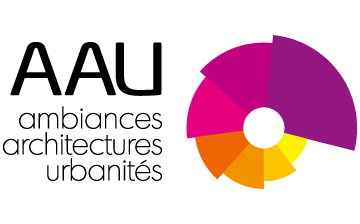Visualisation de données urbaines et environnementales complexes : potentialités du rendu non-photoréaliste.
Visualization of complex urban and environmental data; potentialities of non photorealistic rendering
Shuang He - Thèse de doctorat soutenue en 2012
Encadrement : Directeur de thèse Guillaume Moreau, encadrant Jean-Yves Martin
To facilitate data exploration and decision-making processes in various GIS applications, a greater expressiveness of representation is eagerly demanded. Responding to such demands, this research focus on impressive and effective knowledge representation of the modern city data.
Since these data mostly involve a spatial component, visualization of such data belongs to the research field known as Geovisualization. Besides its classic requirement of supporting different scales, which has been solved only partly, there are more requirements from the emerging 3D and temporal data, making geovisualization even more challenging.
3D Geovisualization is mainly addressed in this research, where different representations of 3D geo-data are needed to support scalable interactive exploration. Therefore, different Levels of Details (LoDs) of 3D geo-data have to be derived. Meanwhile, 3D generalization is necessary, for the derivation of a coarser LoD from a fine one, and while for the establishment of links between different LoDs. Compared with 2D map generalization techniques in cartography, which have been well developed with the orientation both to the individual buildings and building groups, 3D generalization is still in its infancy, especially group-oriented 3D generalization is still seldom addressed. Furthermore, in the context of 3D city models, semantic attributes also have to be taken into consideration, because the generalization both need to reduce the graphics complexity as well as the cognitive complexity, for example, the reduction of information density based on the importance of objects.
